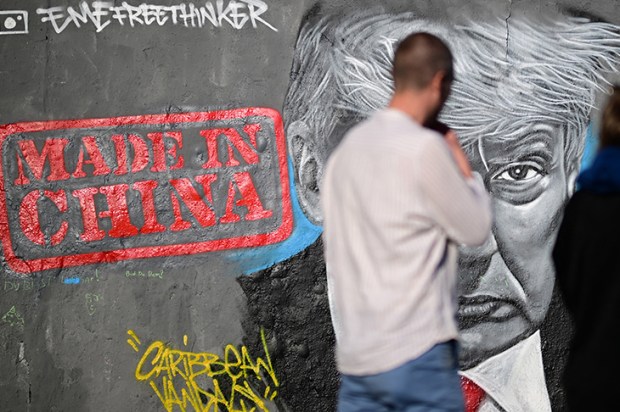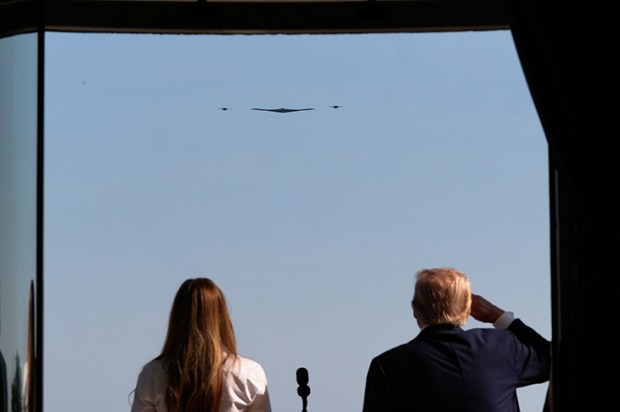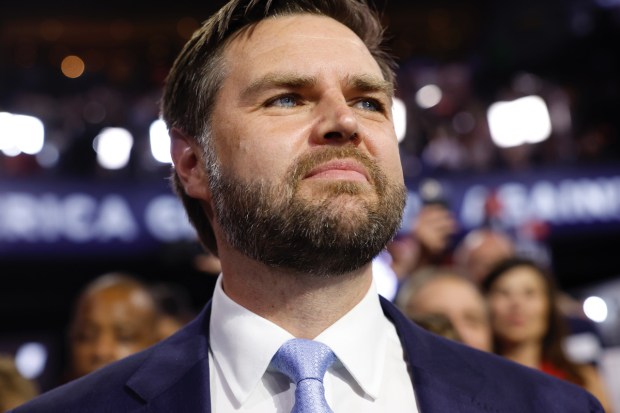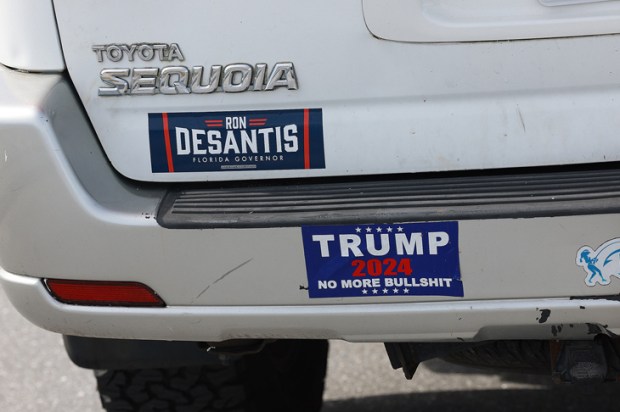Last week, I noted that tariffs can be a policy tool to protect domestic industry from foreign competition or a negotiating instrument to change the behaviour of foreign governments. A week after the article was written, President Trump imposed 25-per-cent tariffs on Australian steel and aluminium. I get that this is lamentable. But can it actually turn out to be an example of tough love that forces Australia into a reckoning of its self-damaging policy framework?
Before addressing this question, let’s make a short detour to India. In November 2019, after 29 rounds of negotiations and scores of ministerial meetings and intersessional dialogues over eight years, in which founding partners tried their hardest to meet Indian concerns, the Modi government walked away from the Regional Comprehensive Economic Partnership, choosing cowardice, timidness, nationalism, protectionism, suspicion and marginalisation over courage, boldness, regionalism, openness, cooperation and integration. I wrote in the Japan Times on 4 December 2019 that ‘Modi has effectively mortgaged India’s economic future and its rise as a comprehensive national power because, long-term gains notwithstanding, he took fright at the short-term economic pain and adjustment costs of integrating with the world’s most dynamic and fastest-growing region.’ Despite the major advantages of a low-wage economy and a potentially massive market, by letting ‘bureaucrats set limits to India’s aspirations to be a major economy and power’ Modi, like his predecessor Manmohan Singh, has wasted a decade in failing to launch bold structural reforms to attract investment, drive productivity gains and make India an internationally competitive economy. In those two decades China has left India in the dust both economically and militarily.
The US is India’s largest trading partner and India had a net surplus of $45 billion in the US $129 billion two-way trade last year. The US banker is threatening foreclosure on the mortgage in the form of Trump’s threat of like-for-like tariff rates. On 11 March, the Financial Times published an analysis of the impact of Trump’s tariffs on India. It noted that India’s simple average tariff rate on all products in 2022 was 14.3 per cent, compared to 2.7 in the US and just over or under two per cent in Australia, Japan, Germany, France, Italy and Canada. But India’s weighted average tariffs are very steep in sectors like alcohol (124.6 per cent), dairy products (39.8), agriculture (37.7), processed food (9.7), footwear (24.3) and automobiles (24.1).
More than 80 years after independence, does India really need such absurdly high tariff walls? On any economic analysis, they inflict a lot more harm on Indian consumers through unnecessarily high prices and on Indian industry by shielding them from international competition that would drive productivity and efficiency gains and bring in foreign investment and management expertise. Trump’s tariffs may finally force India into severe pruning of its industrial tariff lines while recognising that agriculture is a livelihood issue for more than a hundred million farmers with small landholdings.
The outbreak of Trump Derangement Syndrome after the US tariffs were announced revealed a blinkered analysis of the real cause of why Australian products might be priced out of the US market. On 11 March the Australian reported that 49 per cent of the costs of building a new house, including the cost of land, are made up of taxes, regulatory costs, fees and infrastructure charges. Many of these costs, fees and charges by federal, state and local governments have doubled in the last five years. Yet almost all the focus by both Labor and the Coalition is on Band-Aid measures to help young people climb the first rung on the ladder of property ownership while ignoring the big-ticket governance reforms to reverse the policies that have turned Australia into a highly taxed and over-regulated country with crippling red tape, green tape, DEI tape and the like.
Lee Zeldin, the Environmental Protection Agency administrator, wrote on 12 March that on ‘the most consequential day of deregulation in American history’, the EPA has launched 31 actions to help implement Trump’s executive orders for dismantling the green energy scam. He boasts that these will drive ‘a dagger through the heart of climate-change religion’, ‘roll back trillions of dollars in regulatory costs and hidden taxes’, lower ‘the cost of living for American families’ and ‘reignite American manufacturing’. The Wall Street Journal welcomed this as ‘Trump’s biggest climate decision’.
Could one of the Speccie’s many qualified economist writers help us out please. The tariffs will push the price of $100 to $125 of each product. In that pre-tariff $100 price, what is the total cost of our energy, which as a matter of deliberate policy has scuppered the cheapest and most reliable energy source for ideological reasons; of our unions-driven wage bills; of our DEI and gender parity obsessions; and of our lost productivity improvements since the Hawke, Keating and Howard reformist era. These calculations should include not just the manufactured product in Australia but also the transportation costs of shipping them to the US. Could they add up to more than $25 in the $100 price total? As a non-economist, I have no idea but I do wonder if Trump isn’t doing us a favour by forcing Australia to examine how and why we have drifted into being such an over-regulated and high-cost country.
Coalition MPs are reported to be getting nervous and restless at Dutton’s small target strategy that didn’t work too well for WA Labor in the recent state election. Our editor has well identified the big targets of net zero, DEI, multi-gender identity, mass immigration and free speech on which Dutton should differentiate himself to great electoral advantage. Otherwise, all of Dutton’s promises amount to little more than saying he will manage Australia’s decline better than Labor.
Dutton’s refusal to engage Albanese in the contest of ideas leaves him exposed to Labor’s character assassination and scare campaigns. As China and America leverage power for transactional purposes, those not at the table risk being put on the menu. To avoid that fate, they must reconfigure their societies, economies and militaries for an era of spheres of influence, trade wars and diplomatic blackmail. How many commonwealth agencies function merely to add cost and complexity?
Should Dutton win office, he should sic Australia’s Doge-equivalent CEO Jacinta Nampijinpa Price on to the Workplace Gender Equality Agency for its gaslighting on an alleged gender pay gap. The methodology employed amounts to disinformation and malpractice in pursuit of the real agenda of achieving equal pay for women for doing unequal work compared to men, often based on deliberate career choices on work and home-cum-lifestyle balance for compelling reasons. The agency should be closed down forthwith. Price could then put the Family Court system with its devastating toll on millions of families in her cross hairs.
Sir Keir Starmer has abolished NHS England and is training his sights on the entire ‘cottage industry of checkers and blockers using taxpayer money to stop the government delivering on taxpayer priorities’. The Trump-Musk bug has crossed the North Atlantic. How long before it crosses the South West Pacific and bites Dutton into action?
Got something to add? Join the discussion and comment below.
You might disagree with half of it, but you’ll enjoy reading all of it. Try your first month for free, then just $2 a week for the remainder of your first year.












